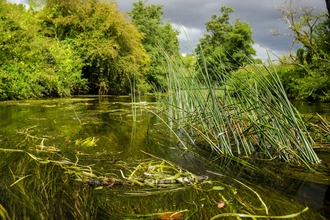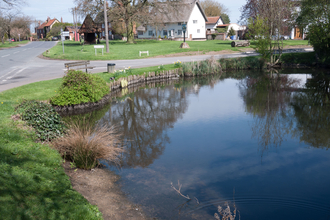©Philip Precey
Skullcap
The delicate, tube-like, violet-blue flowers of Skullcap bloom from June to September in damp places, such as marshes, fens, riverbanks and pond margins.
Scientific name
Scutellaria galericulataWhen to see
June to SeptemberSpecies information
Category
Statistics
Height: up to 40cmConservation status
Common.


